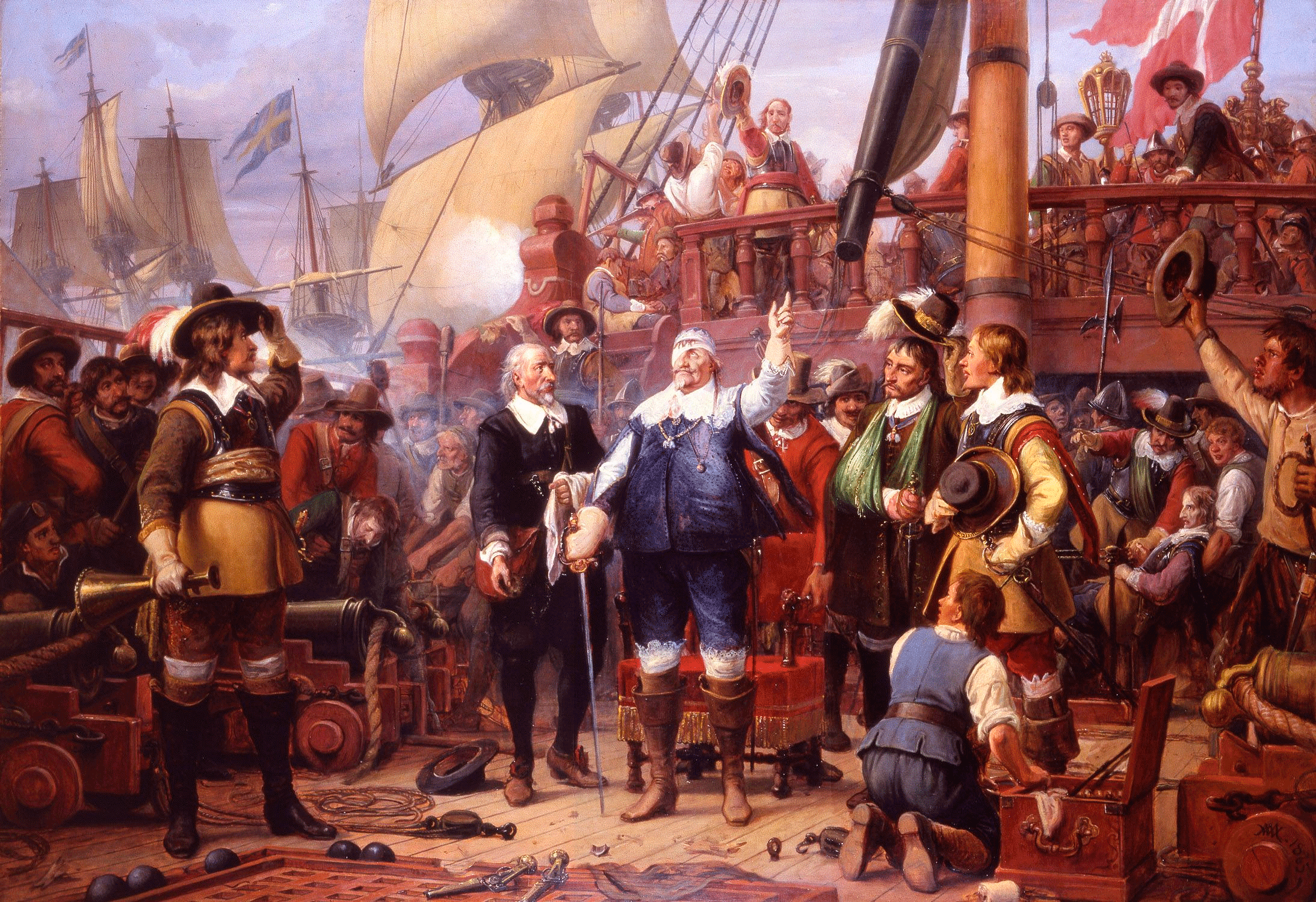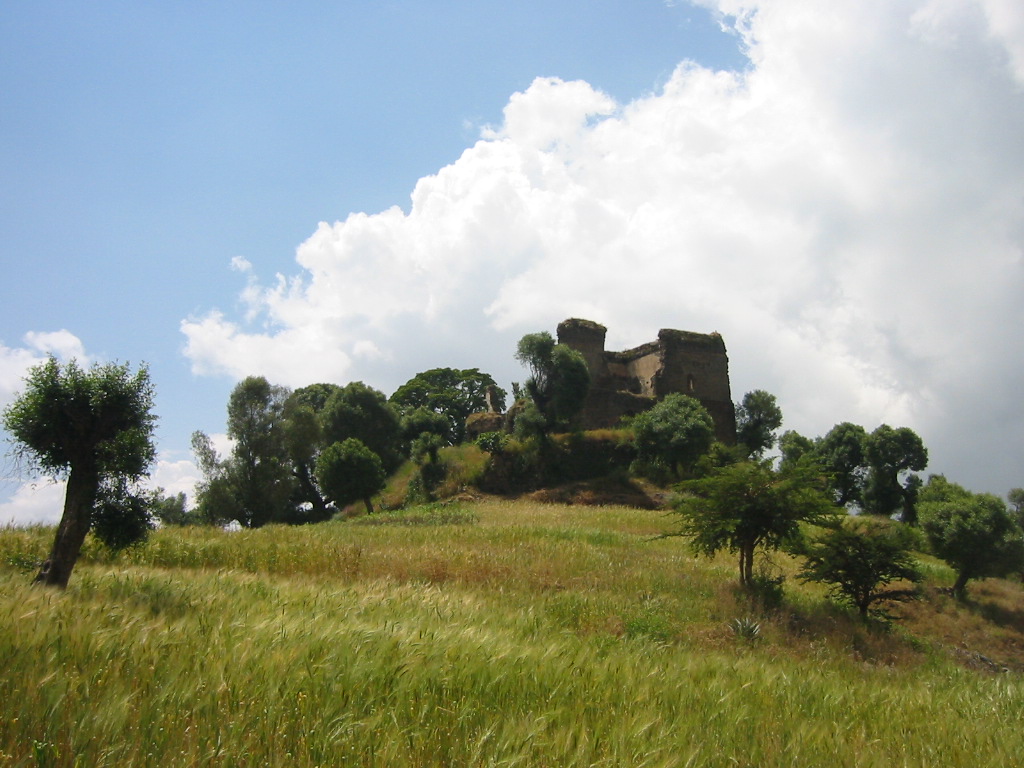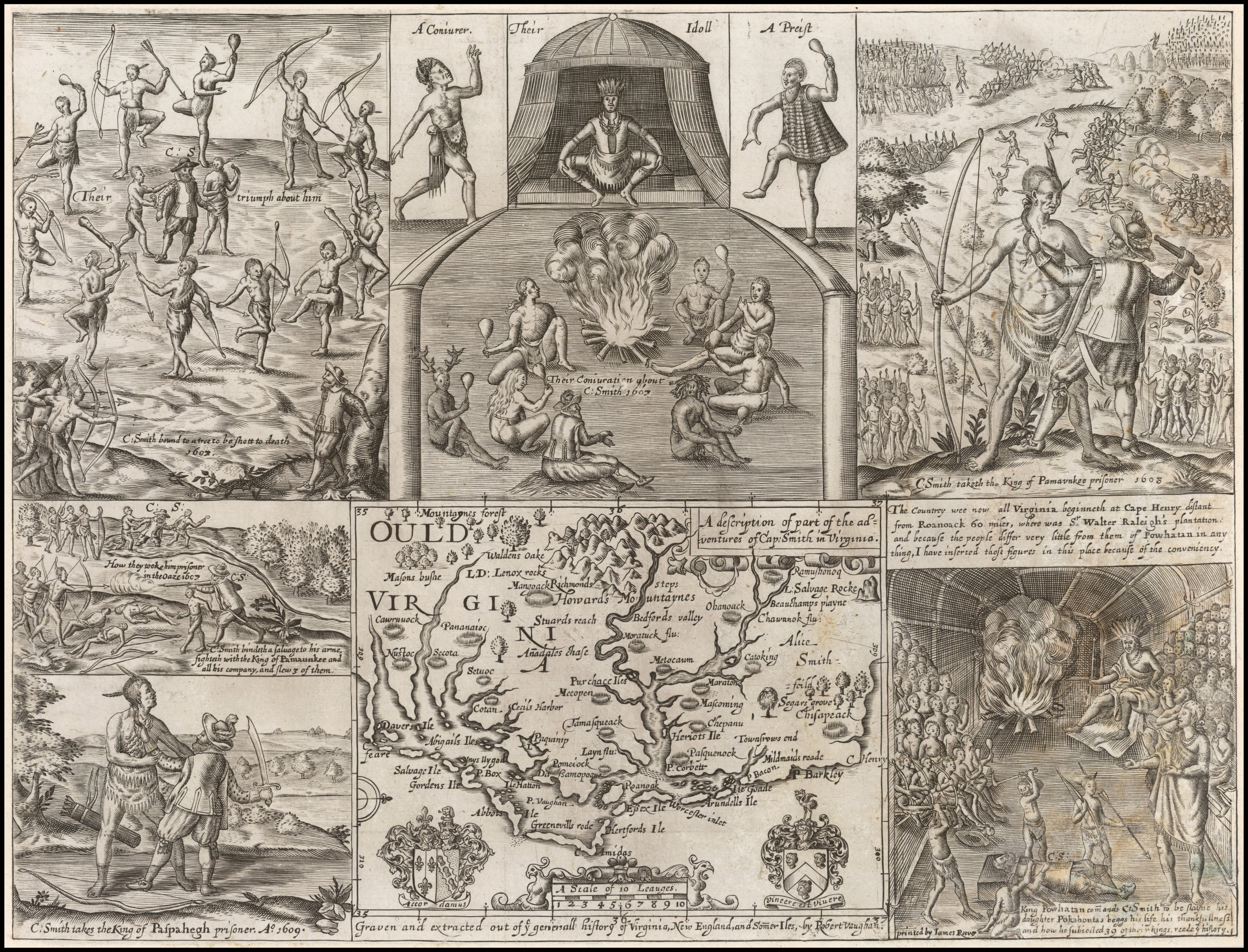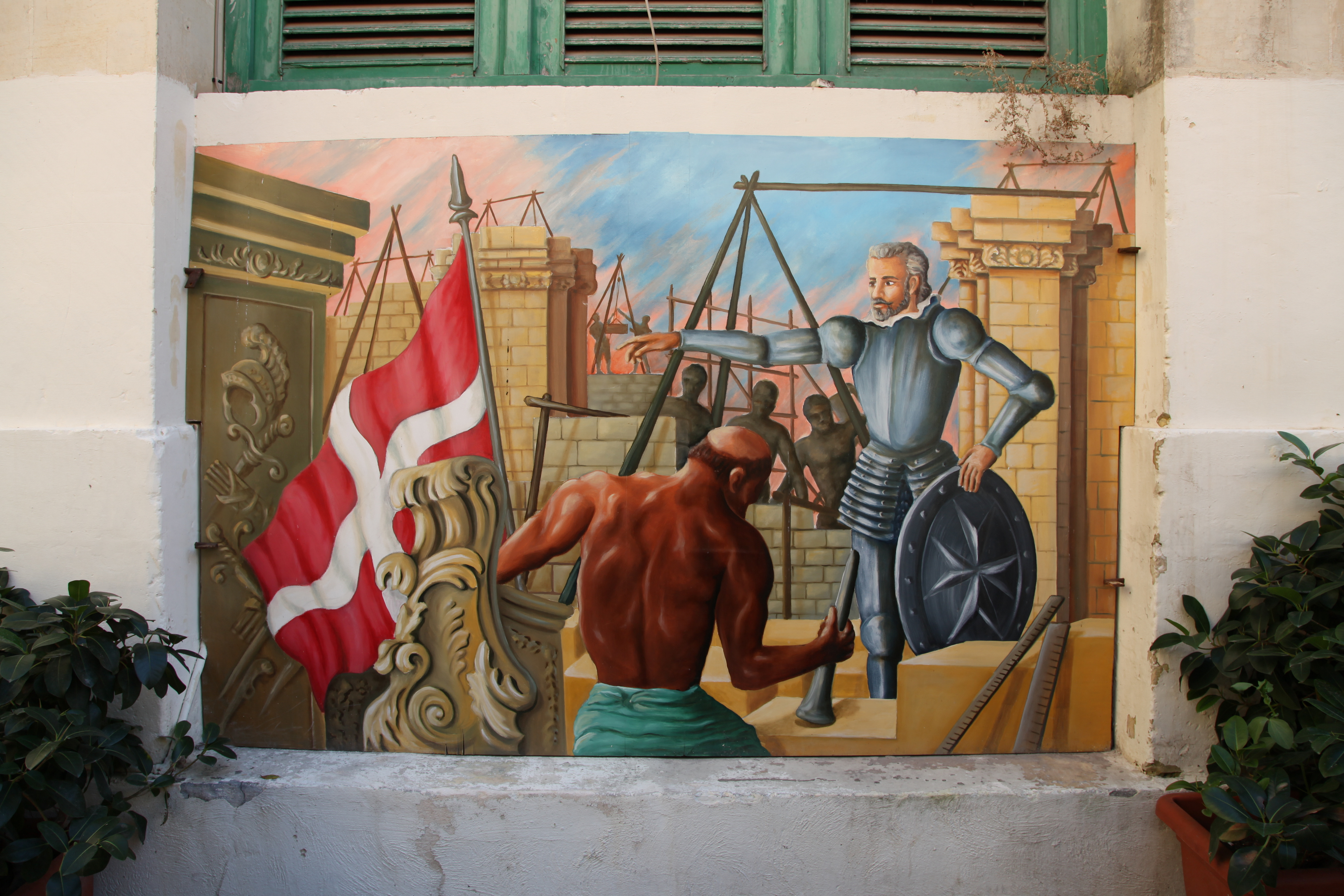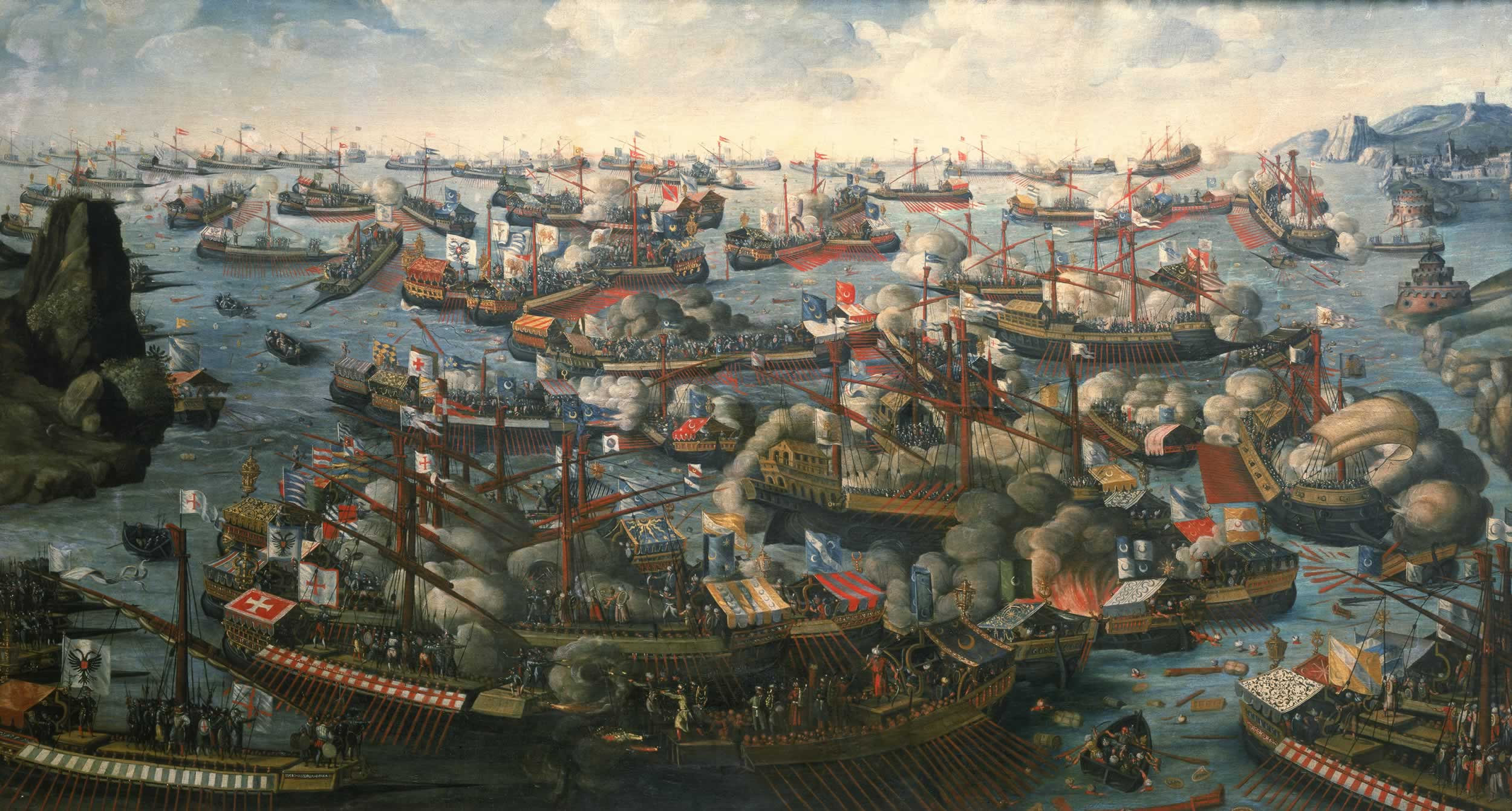|
March 18
Events Pre-1600 * 37 – Roman Senate annuls Tiberius' will and proclaims Gaius Julius Caesar Augustus Germanicus ''(aka Caligula = Little Boots)'' emperor.Tacitus, ''Annals'' V.10. * 1068 – An earthquake in the Levant and the Arabian Peninsula leaves up to 20,000 dead. * 1229 – Frederick II, Holy Roman Emperor, declares himself King of Jerusalem in the Sixth Crusade. * 1241 – First Mongol invasion of Poland: Mongols overwhelm Polish armies in Kraków in the Battle of Chmielnik and plunder the city. * 1314 – Jacques de Molay, the 23rd and final Grand Master of the Knights Templar, is burned at the stake. * 1438 – Albert II of Habsburg becomes King of the Romans. * 1571 – Valletta is made the capital city of Malta. 1601–1900 * 1608 – Susenyos is formally crowned Emperor of Ethiopia. *1644 – The Third Anglo-Powhatan War begins in the Colony of Virginia. *1673 – English lord John Berkeley sold his half of New ... [...More Info...] [...Related Items...] OR: [Wikipedia] [Google] [Baidu] |
AD 37
AD 37 (Roman numerals, XXXVII) was a common year starting on Tuesday of the Julian calendar. At the time, it was known as the Year of the Consulship of Gnaeus Acerronius Proculus, Proculus and Gaius Petronius Pontius Nigrinus, Pontius (or, less frequently, year 790 ''Ab urbe condita''). The denomination AD 37 for this year has been used since the early medieval period, when the Anno Domini calendar era became the prevalent method in Europe for naming years. Events By place Roman Empire * March 18 – The Roman Senate annuls Tiberius's will, and proclaims Caligula as Roman Emperor, nullifying the joint claim of Tiberius Gemellus. Caligula's attempt to have himself Imperial cult (ancient Rome), deified creates friction between himself and the Senate. * October – Caligula becomes seriously ill, or perhaps is poisoned. He recovers from his illness, but Caligula turns toward the diabolical: he starts to kill off those who are close to him, whom he sees as a serious th ... [...More Info...] [...Related Items...] OR: [Wikipedia] [Google] [Baidu] |
Battle Of Chmielnik
The Battle of Chmielnik occurred on 18 March 1241 during the Mongol invasion of Poland. It ended in the defeat of the Polish armies of Sandomierz and Kraków provinces. The Mongols were able to move unimpeded, and plunder the abandoned city of Kraków. Background The Mongols invaded Poland in late 1240, and were advancing westwards; they crossed the frozen Vistula river and defeated the Poles in Tursko and Sandomierz on February 13, 1241. Then, the Mongol forces split into two or three armies, with the main one led by Baidar heading towards Kraków (Cracow), a large city (and capital of the fragmented Polish Kingdom) in central-southern Poland. Two other Mongol commanders, Kadan and Orda Khan, were advancing more to the north. Battle Details of the battle were recorded in the chronicles of Jan Długosz. Incidentally, the oldest mention of the town Chmielnik dates to the battle. In 1241, it was a village (Chmielnik would gain city rights only in the mid-16th century). Po ... [...More Info...] [...Related Items...] OR: [Wikipedia] [Google] [Baidu] |
1644
It is one of eight years (CE) to contain each Roman numeral once (1000(M)+500(D)+100(C)+(-10(X)+50(L))+(-1(I)+5(V)) = 1644). Events January–March * January 22 – The Royalist Oxford Parliament is first assembled by King Charles I of England. * January 26 – First English Civil War: Battle of Nantwich – The Parliamentarians defeat the Royalists, allowing them to end the 6-week siege of the Cheshire town. * January 30 **Dutch explorer Abel Tasman departs from Batavia in the Dutch East Indies (modern-day Jakarta in Indonesia) on his second major expedition for the Dutch East India Company, to map the north coast of Australia. Tasman commands three ships, ''Limmen'', ''Zeemeeuw'' and ''Braek'', and returns to Batavia at the beginning of August with no major discoveries. ** Battle of Ochmatów: Polish–Lithuanian Commonwealth forces under hetman Stanisław Koniecpolski secure a substantial victory over the horde of Crimean Tatars under Tugay ... [...More Info...] [...Related Items...] OR: [Wikipedia] [Google] [Baidu] |
Ethiopia
Ethiopia, officially the Federal Democratic Republic of Ethiopia, is a landlocked country located in the Horn of Africa region of East Africa. It shares borders with Eritrea to the north, Djibouti to the northeast, Somalia to the east, Kenya to the south, South Sudan to the west, and Sudan to the northwest. Ethiopia covers a land area of . , it has around 128 million inhabitants, making it the List of countries and dependencies by population, thirteenth-most populous country in the world, the List of African countries by population, second-most populous in Africa after Nigeria, and the most populous landlocked country on Earth. The national capital and largest city, Addis Ababa, lies several kilometres west of the East African Rift that splits the country into the African Plate, African and Somali Plate, Somali tectonic plates. Early modern human, Anatomically modern humans emerged from modern-day Ethiopia and set out for the Near East and elsewhere in the Middle Paleolithi ... [...More Info...] [...Related Items...] OR: [Wikipedia] [Google] [Baidu] |
Susenyos I
Susenyos I ( ; –1575 – 17 September 1632), also known as Susenyos the Catholic, was Emperor of Ethiopia from 1607 to 1632, and a member of the Solomonic dynasty. His throne names were Seltan Sagad and Malak Sagad III. He was the son of '' Abeto'' Fasil, as well as the grandson of ''Abeto'' Yakob and the great-grandson of Dawit II. As a result, while some authorities list Susenyos as a member of the Solomonic dynasty, others consider him—rather than his son, Fasilides—as the founder of the Gondar line of the dynasty (which is, however, ultimately a subset of the Solomonic dynasty). The life of Susenyos is known through his chronicle, written by several official writers (''sehafe te’ezaz''). The Jesuits, who were closely associated with Susenyos’s reign, also left numerous documents on their mission in Ethiopia. Manuel de Almeida, a Portuguese Jesuit who lived in Ethiopia during Susenyos reign, described the emperor as "tall with the features of a man of quality ... [...More Info...] [...Related Items...] OR: [Wikipedia] [Google] [Baidu] |
1608
Events January–March *January 2 – The first of the Jamestown supply missions returns to the Colony of Virginia with Christopher Newport commanding the ''John and Francis'' and the ''Phoenix'' bringing about 100 new settlers to supplement the 38 survivors he finds at Jamestown. *January 7 – At Jamestown, Virginia, fire destroys "all the houses in the fort"; the fort is repaired in March. *January 11 – John Smith is released by Powhatan after 15 days of captivity, and arrives back at Jamestown the next day. Upon his return, instead of being welcomed, he is charged with negligence for the deaths of the two men with him at the time of his capture, Jehu Robinson and Thomas Emery, but later exonerated. *January 17 – Emperor Susenyos I of Ethiopia defeats an Oromo army at Ebenat; 12,000 Oromo are reportedly killed at a cost of 400 Amhara. *January 23 – Treaty of The Hague, a defensive alliance between France and the United Provinces of t ... [...More Info...] [...Related Items...] OR: [Wikipedia] [Google] [Baidu] |
Malta
Malta, officially the Republic of Malta, is an island country in Southern Europe located in the Mediterranean Sea, between Sicily and North Africa. It consists of an archipelago south of Italy, east of Tunisia, and north of Libya. The two official languages are Maltese language, Maltese and English language, English. The country's capital is Valletta, which is the smallest capital city in the EU by both area and population. It was also the first World Heritage Site, World Heritage City in Europe to become a European Capital of Culture in 2018. With a population of about 542,000 over an area of , Malta is the world's List of countries and dependencies by area, tenth-smallest country by area and the List of countries and dependencies by population density, ninth-most densely populated. Various sources consider the country to consist of a single urban region, for which it is often described as a city-state. Malta has been inhabited since at least 6500 BC, during the Mesolith ... [...More Info...] [...Related Items...] OR: [Wikipedia] [Google] [Baidu] |
Valletta
Valletta ( ; , ) is the capital city of Malta and one of its 68 Local councils of Malta, council areas. Located between the Grand Harbour to the east and Marsamxett Harbour to the west, its population as of 2021 was 5,157. As Malta’s capital city, it is a commercial centre for shopping, bars, dining, and café life. It is also the southernmost capital of Europe, and at just , it is the European Union's smallest capital city. Valletta's 16th-century buildings were constructed by the Hospitaller Malta, Knights Hospitaller. The city was named after the Frenchman Jean Parisot de Valette, who succeeded in defending the island against an Ottoman invasion during the Great Siege of Malta. The city is Baroque architecture, Baroque in character, with elements of Mannerist architecture#Mannerist architecture, Mannerist, Neoclassical architecture, Neo-Classical and Modern architecture, though the Second World War left major scars on the city, particularly the destruction of the Royal Oper ... [...More Info...] [...Related Items...] OR: [Wikipedia] [Google] [Baidu] |
1571
Year 1571 ( MDLXXI) was a common year starting on Monday of the Julian calendar. Events January–March * January 11 – The Austrian nobility are granted freedom of religion. * January 23 – The Royal Exchange opens in London, England. * February 4 – The Spanish Jesuit missionaries of the Ajacán Mission, established on the Virginia Peninsula of North America in 1570, are massacred by local Native Americans. * March 18 – The Order of the Knights of Saint John transfers the capital of Malta, from Birgu to Valletta. April–June * April 2 **The 3rd Parliament of Elizabeth I, with 438 members, assembles in England at Westminster after being summoned on February 17. ** Dumbarton Castle is recaptured from Lord Fleming by the forces of Matthew Stewart, 4th Earl of Lennox, the Regent for King James VI of Scotland. * April 12 – The Ridolfi plot to assassinate Queen Elizabeth I of England is foiled by the capture of Ridolfi's messenger, ... [...More Info...] [...Related Items...] OR: [Wikipedia] [Google] [Baidu] |
King Of The Romans
King of the Romans (; ) was the title used by the king of East Francia following his election by the princes from the reign of Henry II (1002–1024) onward. The title originally referred to any German king between his election and coronation as Holy Roman Emperor by the pope. The title was also used to designate the successor to the throne elected during the lifetime of a sitting Emperor. From the 16th century onwards, as German kings adopted the title of Emperor-elect and ceased to be crowned by the pope, the title continued to be used solely for an elected successor to the throne during his predecessor's lifetime. The actual title varied over time. During the Ottonian period, it was King of the Franks (German: ''König der Franken'', Latin: ''Rex Francorum''), from the late Salian period it was King of the Romans (German: ''König der Römer'', Lat.: ''Rex Romanorum''). In the Modern Period, the title King in Germania (German: ''König in Germanien'', Lat.: ''Germaniae R ... [...More Info...] [...Related Items...] OR: [Wikipedia] [Google] [Baidu] |
Albert II Of Habsburg
Albert the Magnanimous , elected King of the Romans as Albert II (10 August 139727 October 1439), was a member of the House of Habsburg. By inheritance he became Albert V, Duke of Austria. Through his wife (''jure uxoris'') he also became King of Hungary, Croatia, Bohemia, and inherited a claim to the Duchy of Luxembourg. He played a significant role in the Hussite Wars, assisting his father-in-law Sigismund and suffering defeats like the Battle of Domažlice in 1431. Crowned King of Hungary in 1438, he struggled to control Bohemia and fought against Polish-Bohemian forces. He later became King of the Romans but died in 1439 while defending Hungary from the Ottomans. His reign saw anti-Hussite and anti-Jewish persecutions, continuing medieval crusades against perceived heretics. Austrian Jews faced increased taxation and expulsions, culminating in the 1420 Vienna pogrom, partly driven by accusations of aiding the Hussites. Biography Albert was born in Vienna as the son of Al ... [...More Info...] [...Related Items...] OR: [Wikipedia] [Google] [Baidu] |
1438
Year 1438 ( MCDXXXVIII) was a common year starting on Wednesday of the Julian calendar. Events January–March * January 1 – Albert II of Habsburg is crowned as King of Hungary at Székesfehérvár. * January 8 – Upset at the attempted reforms at the Council of Basel in Switzerland, Pope Eugene IV convenes a rival council at Ferrara in Italy, through Niccolò Albergati, the Roman Catholic Bishop of Bologna, with 40 prelates in attendance.Ferdinand Gregoroviusof the city of Rome in the Middle Ages.''(London: G Bell & Sons, 1909) p.66. * January 9 – The city of Cluj (Kolozsvár) is conquered, thus marking the end of the Transylvanian peasant revolt, which started at Bobâlna. * January 24 – The Council of Basel, with only 16 bishops present, votes to suspend Pope Eugene from papal authority. * February 2 – The '' Unio Trium Nationum'' pact is established in Transylvania. * February 10 – All Souls' College is founded in the Univer ... [...More Info...] [...Related Items...] OR: [Wikipedia] [Google] [Baidu] |
